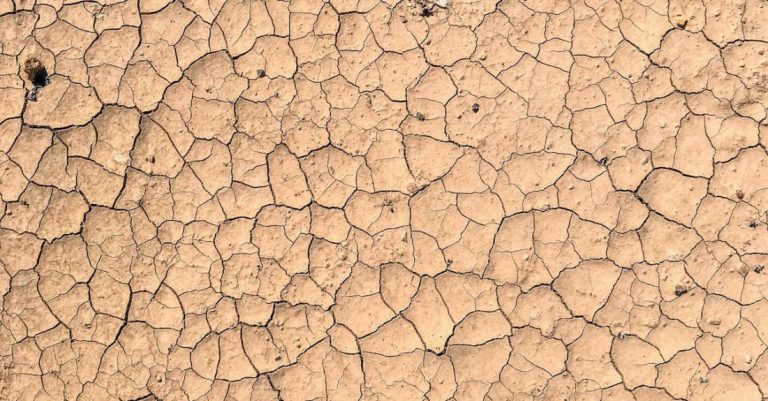
Nutrient deficiency in soil can have a significant impact on plant growth and overall agricultural productivity. Recognizing the signs of nutrient deficiency is crucial for farmers and gardeners to take appropriate measures to address the issue and optimize plant health. In this article, we will explore the key signs that indicate a lack of essential nutrients in the soil.
Symptoms in Plant Leaves
One of the most common indicators of nutrient deficiency in plants is visible symptoms in the leaves. Different nutrients deficiencies manifest in distinct patterns on the leaves, providing valuable clues to the lacking nutrient. For instance, nitrogen deficiency often results in overall yellowing of the leaves, starting from the older leaves towards the younger ones. On the other hand, iron deficiency typically presents as interveinal chlorosis, where the leaf veins remain green while the areas between them turn yellow.
Stunted Growth
Plants that are not receiving an adequate supply of essential nutrients will often exhibit stunted growth. The lack of nutrients hinders the plant’s ability to carry out essential metabolic processes, leading to reduced growth rates. If you notice that your plants are not growing as quickly or as vigorously as expected, it may be a sign of nutrient deficiency in the soil.
Poor Flowering or Fruit Development
Another common sign of nutrient deficiency in soil is poor flowering or fruit development in plants. Certain nutrients, such as phosphorus and potassium, play a crucial role in flower and fruit formation. A deficiency in these nutrients can result in reduced flower production, poor fruit set, or abnormal fruit development. By monitoring the flowering and fruiting patterns of your plants, you can identify potential nutrient deficiencies early on.
Changes in Leaf Color
In addition to overall yellowing of the leaves, nutrient deficiencies can also cause specific changes in leaf color that indicate the lacking nutrient. For example, a lack of magnesium may lead to purple or red discoloration in the leaves, while a zinc deficiency can cause mottled patterns of yellow and green. By closely observing the color variations in the leaves, you can pinpoint the specific nutrient that your plants are lacking.
Leaf Curling or Distortion
Nutrient deficiencies can also manifest as physical changes in the leaves, such as curling or distortion. Calcium deficiency, for example, can lead to distorted or necrotic leaf margins, while boron deficiency may cause leaf tip dieback or leaf curling. By noting these physical symptoms, you can identify the underlying nutrient deficiency and take steps to rectify the situation.
Root Abnormalities
While the aboveground symptoms of nutrient deficiency are more visible, it is essential not to overlook the signs that appear below the surface. Root abnormalities, such as stunted or discolored roots, can indicate nutrient deficiencies in the soil. Healthy roots are crucial for nutrient uptake, so any abnormalities in the root system can impact the plant’s overall health and growth.
Addressing Nutrient Deficiency
Once you have identified signs of nutrient deficiency in your soil, it is essential to take prompt action to address the issue. Soil testing can help determine the specific nutrient deficiencies present in your soil, allowing you to tailor your fertilization practices accordingly. Organic amendments, such as compost or manure, can help replenish nutrients in the soil naturally. Additionally, targeted fertilization with specific nutrients can help correct deficiencies and promote healthy plant growth.
In conclusion, recognizing the signs of nutrient deficiency in soil is key to maintaining healthy plants and maximizing crop yields. By paying attention to the symptoms discussed in this article, you can identify and address nutrient deficiencies early on, ensuring optimal plant growth and productivity. Monitoring your plants regularly, conducting soil tests, and implementing appropriate fertilization practices are essential steps in maintaining nutrient-rich soil and thriving plants.





